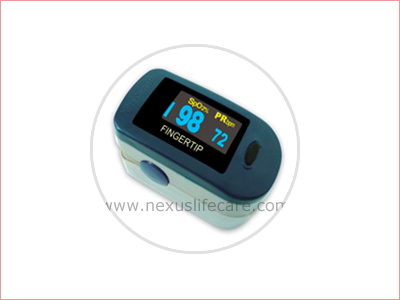
If you run into trouble, you can always call our support line: 88 If you still need additional help, don't hesitate to reach out to us at Noteworth at can also select " Contact Noteworth Support" in the settings page on your app to email Noteworth directly from your smartphone. The device does not automatically connect like many other devices do.
CVS PULSE OXIMETER BLUETOOTH
The pulse oximeter will connect to Bluetooth once you have placed your finger into the device. My pulse oximeter won't connect to bluetooth.
CVS PULSE OXIMETER HOW TO
See below for more details on how to correctly insert your finger into the pulse oximeter.

Complete another reading to get the correct results. Try re-inserting your finger and making sure to place your finger in the device nail side down and to keep your finger very still during the reading.

When this happens, it is usually because your finger was not inserted correctly into the pulse oximeter. What should I do if my pulse oximeter is not showing any results after performing the test?
CVS PULSE OXIMETER CODE
If you see the code "E1", please contact Noteworth Customer Service and we will get you a new device. "E1" shows up on the screen when the sensor in the pulse oximeter is damaged. Why is "E1" on the screen of my pulse oximeter? If it does get wet, wipe it immediately with a dry towel. Your iHealth pulse oximeter is not waterproof. Pour a small amount of the rubbing alcohol onto the cloth before use. Do not pour the rubbing alcohol onto the device. To clean, swab the inside of the device with a cotton swab or soft cloth and rubbing alcohol. It is recommended to clean your pulse oximetry device once per week. If charging the device does not work, please contact us at Noteworth Help and we will work to get you a new device. If your pulse oximeter device will not turn on, try charging it using the USB cable that came in your Noteworth box. My pulse oximeter device does not turn on. Read below to find answers to common issues with the iHealth oxygen saturation tracking device. Only a healthcare provider can diagnose a medical condition such as hypoxia (low oxygen levels).Troubleshooting your Oxygen Saturation device

Hypoxemia that causes low oxygen levels in your body’s tissues is called hypoxia. In severe cases, it can interfere with heart and brain function. Hypoxemia can cause mild problems like headaches and shortness of breath. If the oxygen levels in your blood are too low, your body may not work properly.īlood carries oxygen to cells throughout the body to keep them healthy. One of the causes is hypoxemia, it occurs when oxygen levels in the blood are lower than normal.


 0 kommentar(er)
0 kommentar(er)
